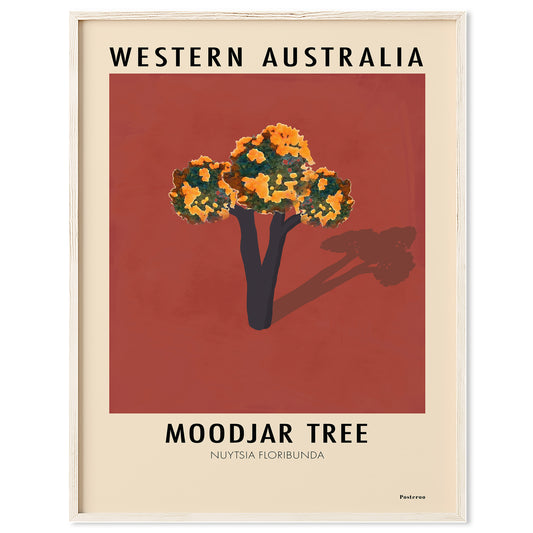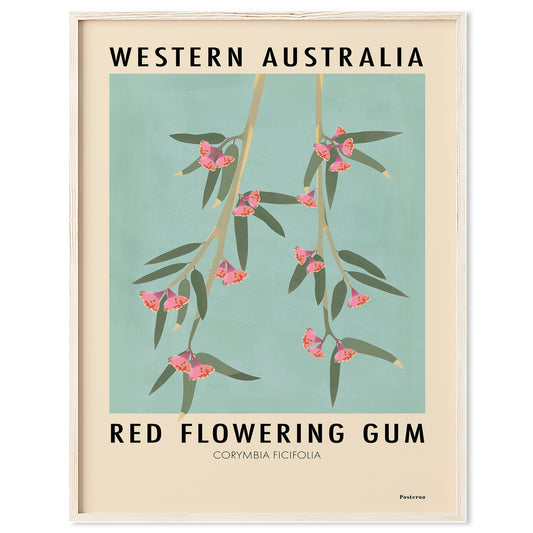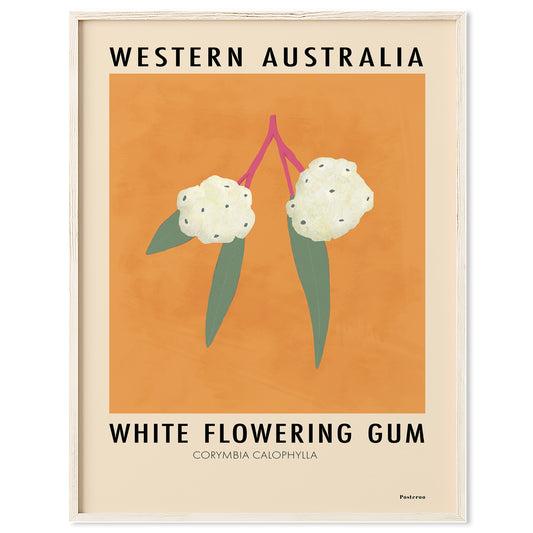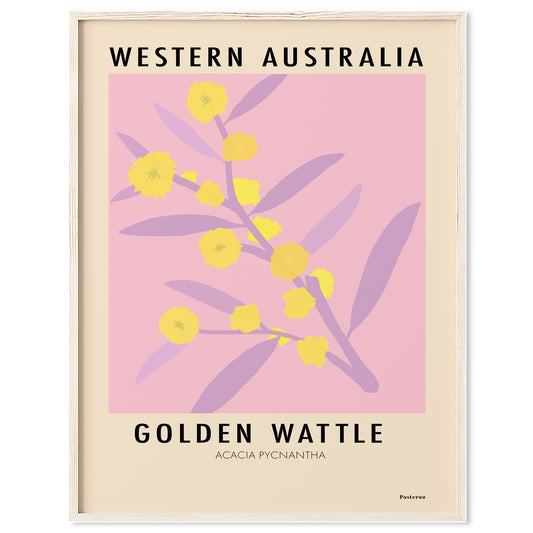Djeran is one of the six Noongar seasons, marking the transition from hot summer to cooler autumn. It usually runs from April to May in the southwest of Western Australia. During this time, the intense heat eases, and cooler winds from the southwest begin to settle in. It’s a season of change and preparation.
The landscape starts to recover from summer. Light rains begin to fall, refreshing the dry earth. Banksia trees bloom, attracting birds and insects with their nectar. Frogs become more active, and fish are more commonly seen along the coast — signs that it’s a good time for fishing and gathering.
Traditionally, Noongar people would move toward coastal and wetland areas during Djeran to make use of seasonal food sources. It was also a time for community, storytelling, and sharing knowledge. The milder weather made it easier for families to come together and prepare for the colder season ahead.
The Noongar seasonal calendar reflects what’s happening in the environment, rather than fixed dates. This way of reading the land shows a deep understanding of local plants, animals, and weather patterns — knowledge developed over thousands of years.
Djeran is a reminder to pay attention to the small changes in nature. It encourages a slower, more connected way of living with the land.





